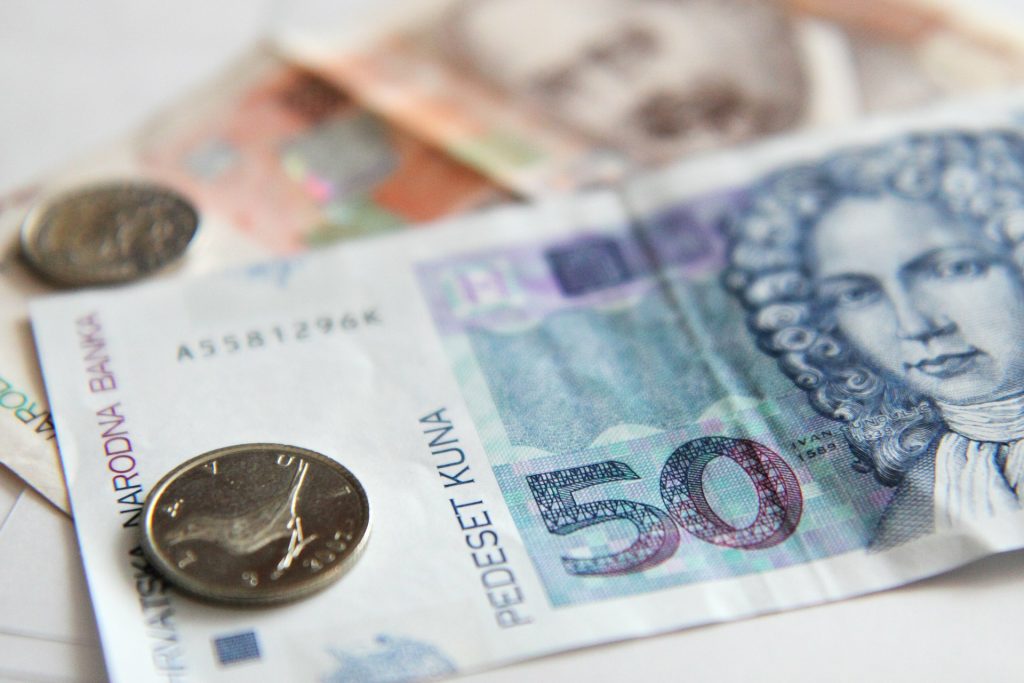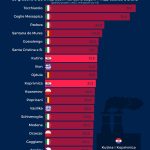As Poslovni Dnevnik/Ana Blaskovic writes, contrary to the optimism of the central bank and the government about the dynamics of Croatian economic recovery in 2021, ranging from between 8.5 and 9 percent, Raiffeisen Bank analysts are still somewhat more cautious with the expectation that GDP growth will stop at 7 percent.
“Our estimates are significantly lower than those provided by the government because we expect a slowdown in the last quarter of the year,” said RBA chief economist Zrinka Zivkovic Matijevic at the presentation of this, the latest RBA research.
The summer quarter, due to the-then good epidemiological situation and a surprisingly good tourist season that brought in 8.5 billion euros (85 percent of pre-pandemic 2019’s level), could end with a double-digit growth rate.
However, on the side of the rapid deterioration of the epidemiological situation as the end of the year approaches, the withdrawal of the ”parking brake” in terms of optimism is a reflection of the uncertainty of energy and raw material prices, as well as disruptions in supply chains. Nevertheless, real Croatian economic recovery and indeed growth throughout 2021 will remain strong, primarily driven by growth in the export of services, ie tourism and personal consumption.
Next year, domestic economic growth should pull in investment on the wings of using European Union (EU) money under the much talked about National Recovery and Resilience Plan.
“From a macroeconomic point of view, investments are a desirable generator of growth,” said Zivkovic Matijevic, explaining that the benefits of a generous European Union cash injection are wider than the availability of the money itself, because its withdrawal depends on measures and reforms that will work to reduce the weaknesses of the domestic economy in the long run, and whose outlines are slowly emerging.
The news about Croatian economic recovery and the acceleration of economic dynamics has recently been overshadowed by inflation, which accelerated to 3.3 percent in Croatia back in September (as opposed to 4.1 percent in the Eurozone), which is expected to peak in the first quarter of next year.
“Inflationary pressures continued to strengthen, dominantly caused by strong growth in energy prices, thus reflecting developments in world crude oil exchanges. Since the second half of the year, energy prices have been joined by rising food prices,” they added from RBA.
Assuming global supply chain disruptions subside, they added, the price jump should slow down in the second half of 2022, but with the caveat that uncertainty, longer supply-side disruptions and steeper transport costs could suggest that inflation could last, not only in Croatia but also in the Eurozone, which Croatia is soon set to join.
That such a scenario will not materialise is strongly assured by central banks, including Croatian ones, from which messages are coming that inflation is only a passing phenomenon.
The refreshed picture of public finances, precisely in the parliamentary debate, wasn’t overly surprised by the increased inflows from VAT or the deepening of expenditures, due to which the general government deficit increased to 4.5 percent.
With the cost of the coronavirus crisis totalling a staggering 40 billion kuna so far, in the first half of next year, it is to be expected that the state will actively borrow on the capital markets in order to meet increased financing needs. These activities, together with good market conditions of high liquidity and low interest rates, will be positively marked by the process of introducing the euro, a drawn out process which is entering its final phase.
“The set goal of joining the Eurozone on January the 1st, 2023 is achievable and strong political support across the European Union is important,” said Zivkovic Matijevic, believing that it is very likely that Croatia will meet the Maastricht criteria on public debt, deficit, interest rates, exchange rate and inflation.
For more, check out our business section.











